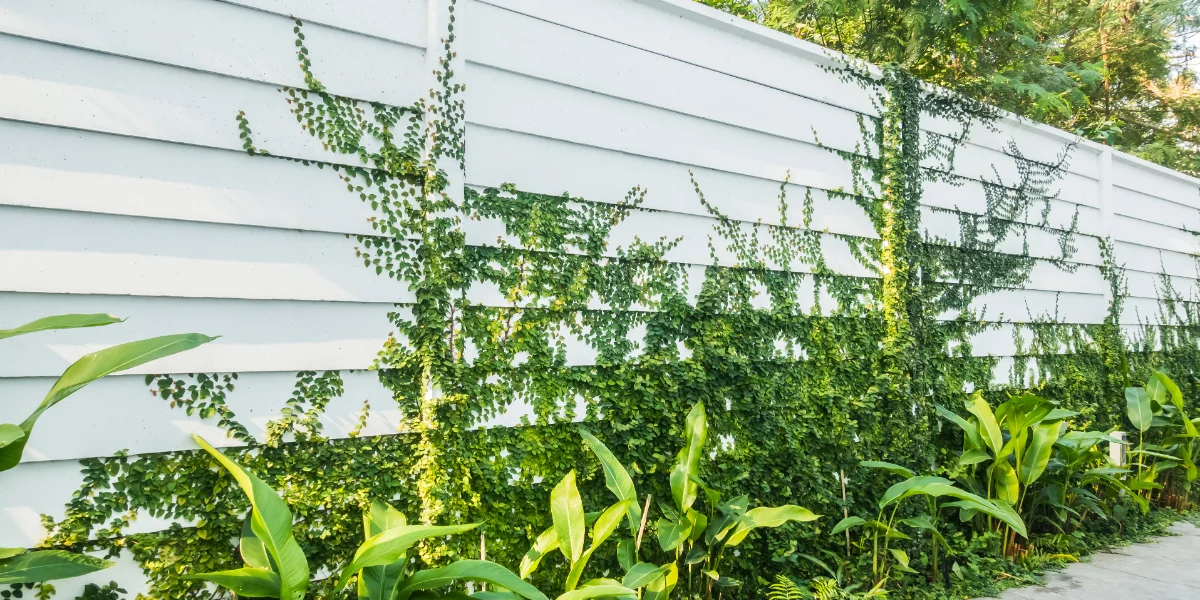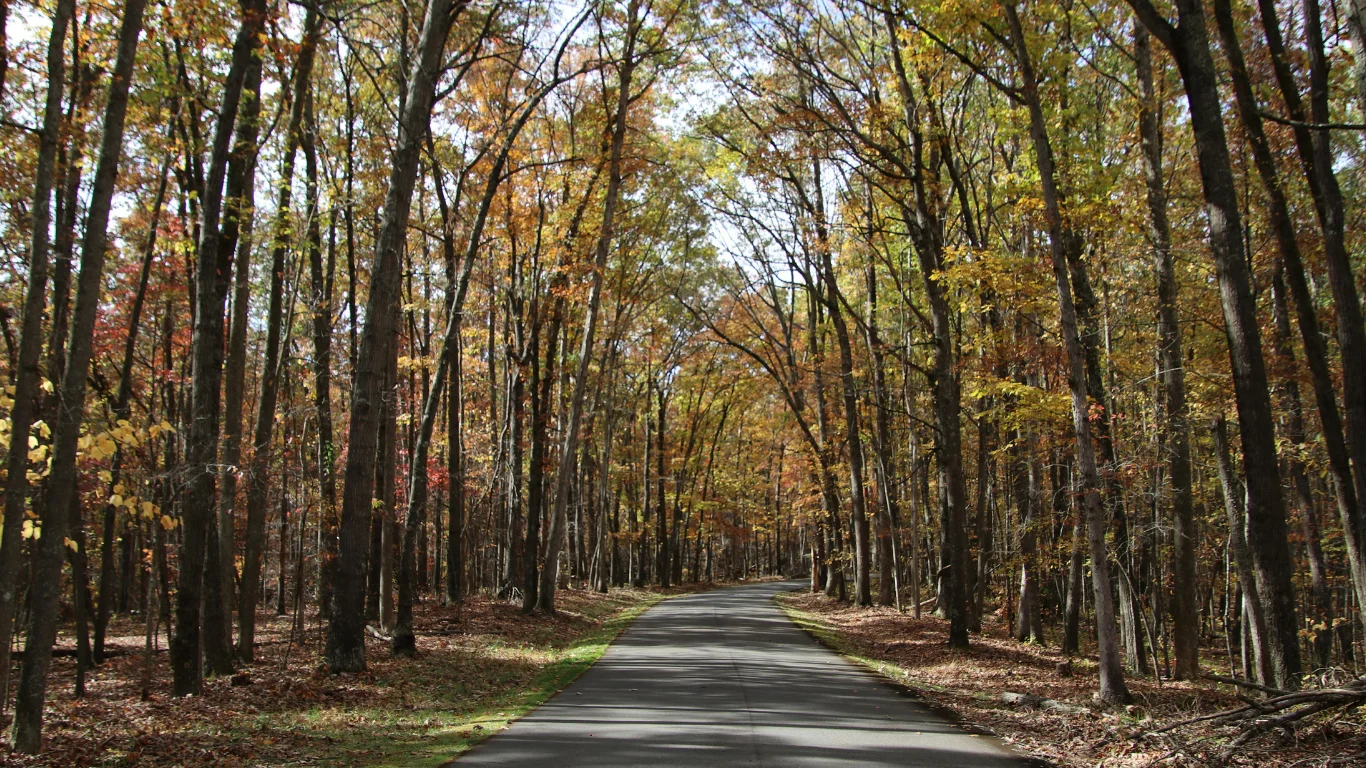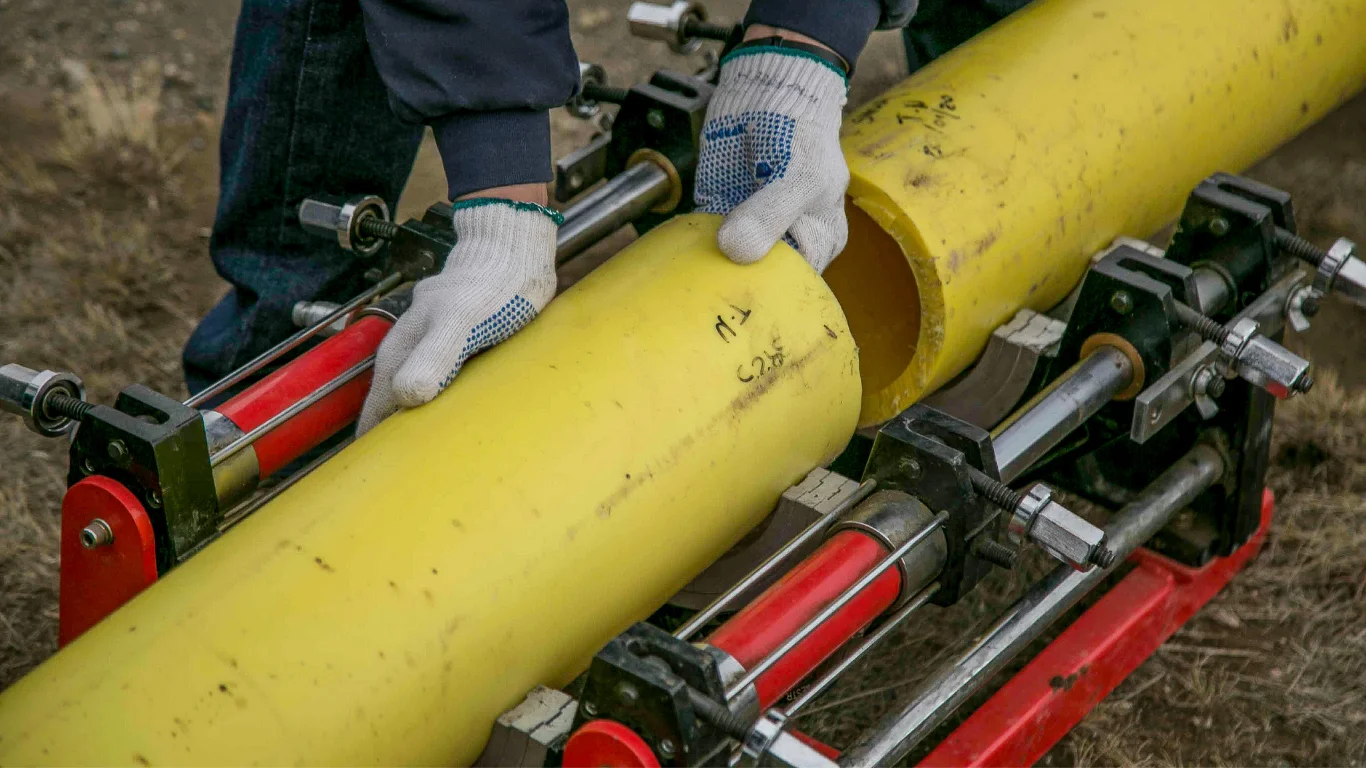By providing best practices for growing plants along vinyl fencing, this guide emphasizes its durability and low upkeep qualities. Discovering how to grow plants along a vinyl fence ensures a lush and vibrant garden by providing a stunning, private, and natural backdrop for various plants.
Why Choose A Vinyl Fence For Planting?
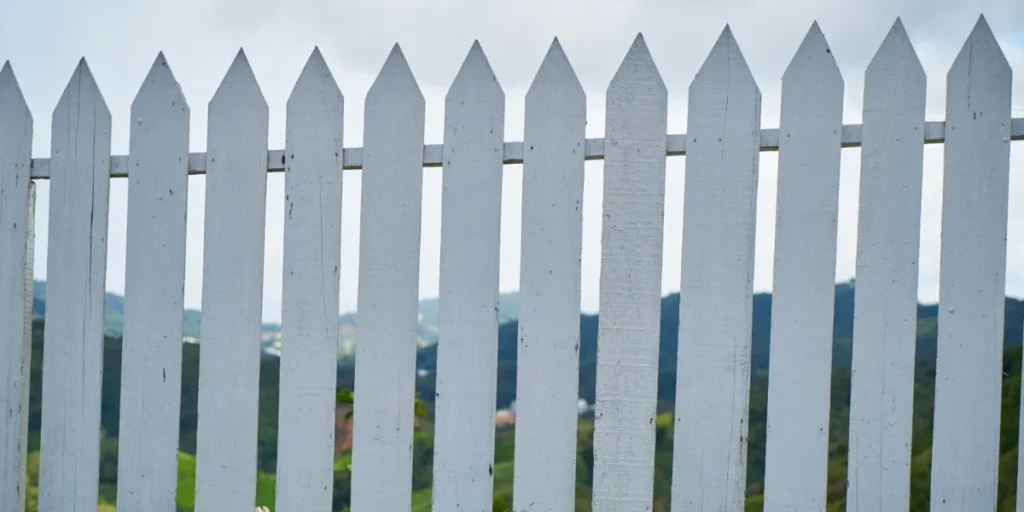
As they can withstand the elements without rusting and rotting, Vinyl Fence lasts a long time. You can concentrate on your plants because they are simple to keep clean. Privacy provides the ideal backdrop for designing a private garden area.
Best Plants For Growing Along A Vinyl Fence
Learning how to grow plants along a vinyl fence is a way to improve vinyl fence.
1. Climbing Plants
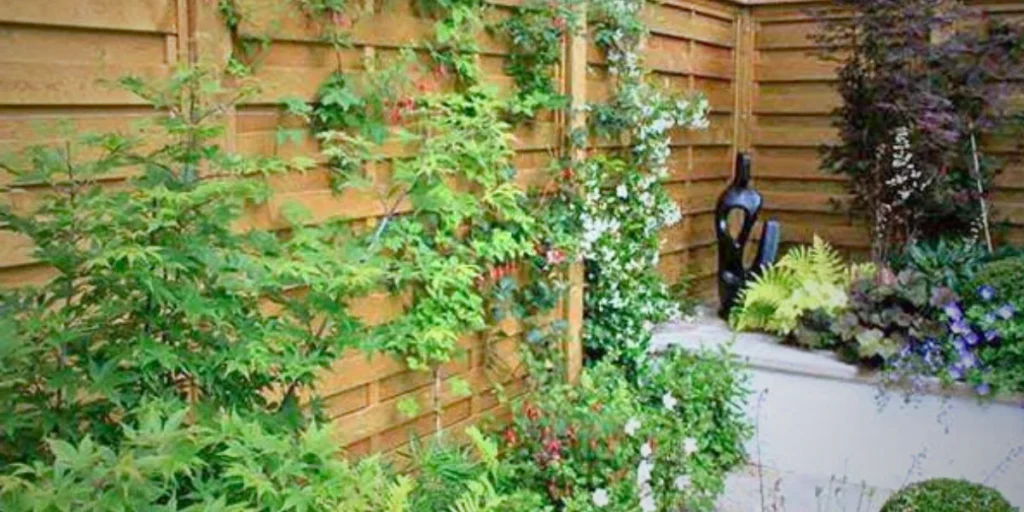
- Clematis: Renowned for its stunning blooms, can enhance vertical interest and provide vibrant color.
- Wisteria: Beautiful, cascading flowers are produced by this vigorous climber.
2. Vines
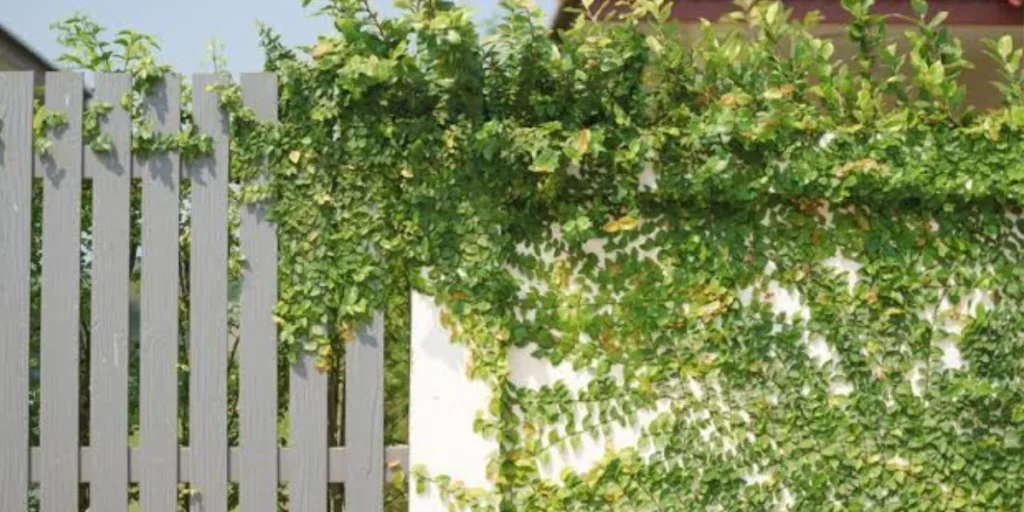
English ivy can cover a fence and provide year-round greenery, while honeysuckle plants attract pollinators with fragrant flowers.
3. Flowering Plants
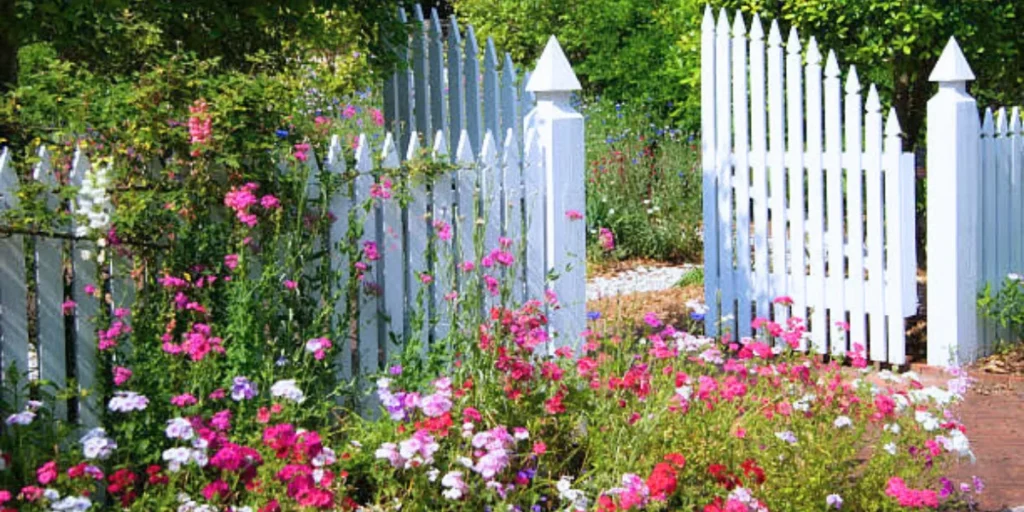
- Rose Bushes: This is a classic plant with the ability to be trained to grow along a fence.
- Lavender: This is ideal for creating a peaceful garden atmosphere and has a pleasant fragrance.
4. Shrubs
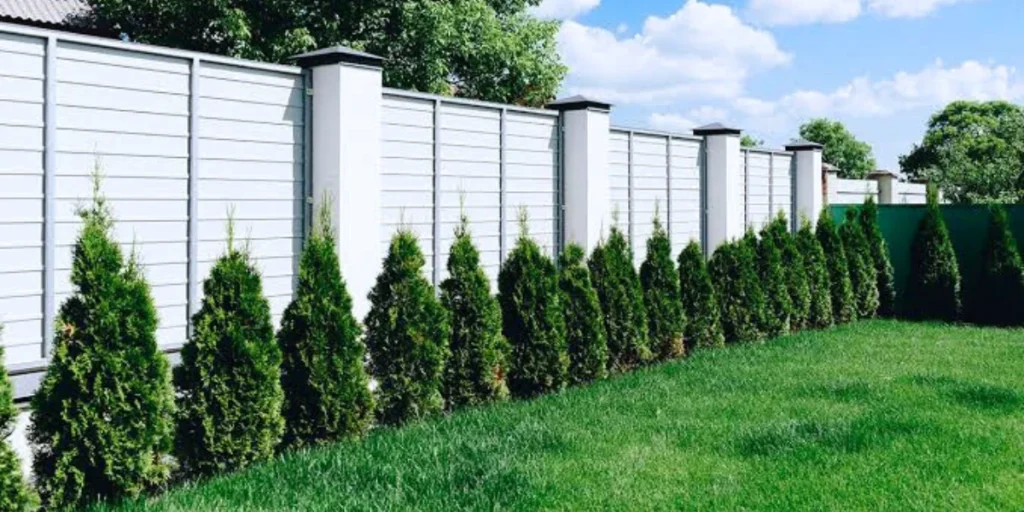
Hydrangeas: These plants’ enormous, vibrant blooms are stunning to the eye. Boxwood is a versatile shrub that can be shaped to give the impression of structure.
For more knowledge about plants, visit The Grow Garden
How To Grow Plants Along A Vinyl Fence
1. Plan Your Layout
- Planting zones are determined by determining the location of each plant based on its sunlight and spacing requirements.
- Ensure that plants do not exceed their designated area or interfere with the fence.
2. Prepare The Soil
- Composting can be used to amend the soil if necessary, and proper drainage is essential.
- Dig holes that are twice as wide as the plant’s root ball to make planting holes.
3. Planting Process
Plant life needs to be positioned within the holes, backfilled with soil, and carefully watered following planting. Mulch can hold moisture within the soil and prevent the increase of weeds through protecting the bottom of the plants.
4. Support Structures
- If necessary, consider installing trellises or other support structures for climbing plants.
- Train vines by guiding them onto the fence to ensure they grow in the desired direction.
Care And Maintenance
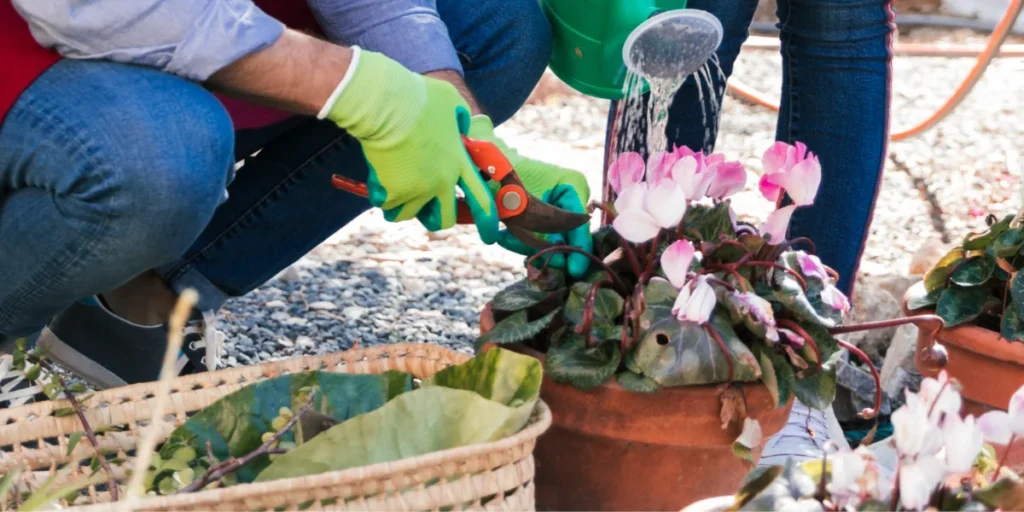
It’s important to care for plant while learning how to grow plants along a vinyl fence.
1. Watering
Everyday watering is essential when learning how to grow plants along a vinyl fence to ensure they obtain enough water, especially during dry periods. To prevent root rot, make sure the soil drains properly and avoid overwatering.
2. Fertilization
Choosing the best fertilizer is vital for promoting healthful growth. The commands are to use the product consistent with the unique desires of every plant.
3. Pruning
Normal pruning is critical for promoting new development and keeping the form of plants. teach plants via adjusting vines and hiking plants as they develop to make sure they stay on target.
4. Pest And Disease Control
Keep a near watchful eye on plants to make sure they are loose from pests and illnesses. Natural pest management techniques are a sustainable choice which could assist maintain diseases and bugs out of your lawn. It’s crucial while learning how to grow plants along a vinyl fence.
Troubleshooting Common Issues
Yellowing Leaves:
This could suggest overwatering or nutrient deficiencies, requiring a thorough check of soil moisture and a necessary adjustment in fertilization.
Poor Growth:
It’s important to make sure that plants acquire enough sunlight and that the soil is properly-drained.
Harvesting And Enjoying Your Garden
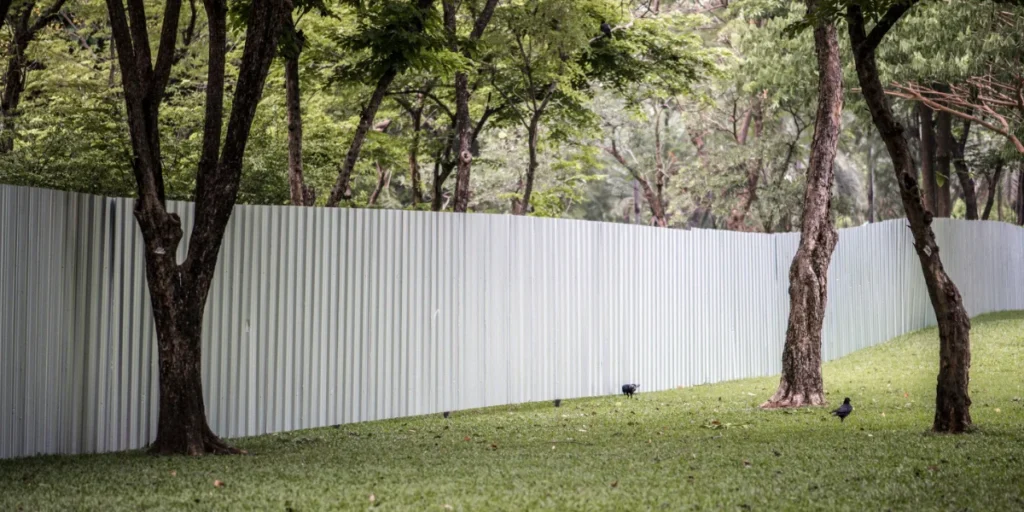
Harvesting
Regular harvesting of edible plants is crucial for their continued production, and using clean tools and handling plants gently can prevent damage.
Enjoying Your Space
Decorate your garden’s aesthetics by means of including benches or chairs, including garden embellishes or lighting fixtures, and permitting your visitors to relax and experience the lawn.
Conclusion
With careful planning and maintenance, understanding how to grow plants along a vinyl fence can enhance your garden’s appearance. If you want a beautiful, productive outdoor space, select climbing plants, flowering varieties, or shrubs, and follow these recommendations for optimal growth and aesthetic appeal.
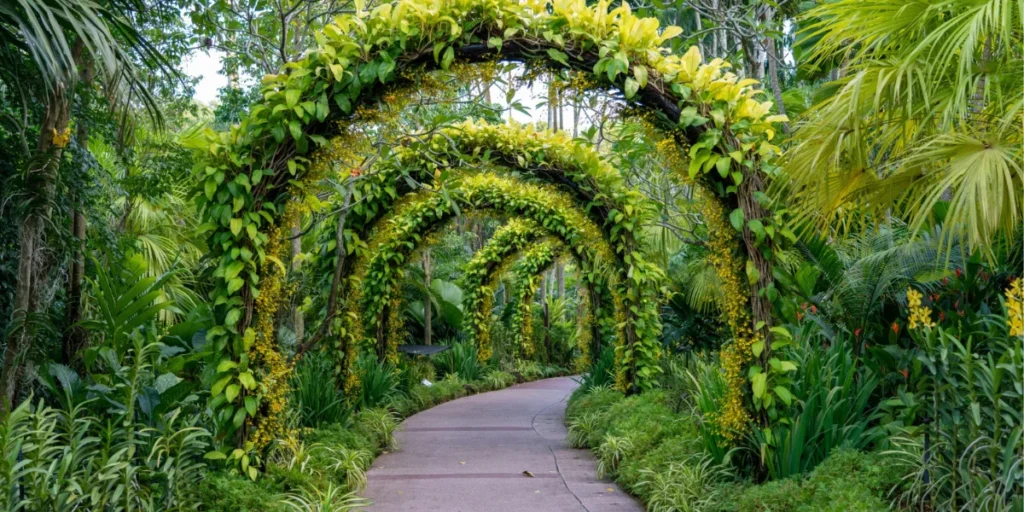
Hence, we have learned how to grow plants along a vinyl fence.
Read here, Ultimate Guide to Plant Types | 15+ Types of Plants to Enhance Your Garden
Frequently Asked Questions (FAQs)
Coral honeysuckle or clematis are good for vinyl fence as they are fast growing and grow readily on vinyl fence since these are perennial vines.
To prolong the life of your vinyl fence, consider installing reinforced posts like concrete footings, metal inserts, and post caps. Realign the fence when leaning and use fence post anchors in windy areas. Regular maintenance ensures durability and aesthetic appeal.
Plants suitable for vinyl fences include climbing vines, shrubs, and flowering perennials. Climbing vines add height and color, while shrubs provide privacy and texture. Flowering perennials like daylilies, hostas, and lavender enhance the fence’s appearance and overall landscaping, complementing the fence’s clean appearance.
To plant around a fence, choose plants suited to the location, prepare the soil, measure plant spacing, plant, mulch, add support, water, and maintain. Consider seasonal plants for year-round display, tall shrubs for privacy, and climbing plants for quick visual interest. Consider using trellis or wire support for vertical gardens.
